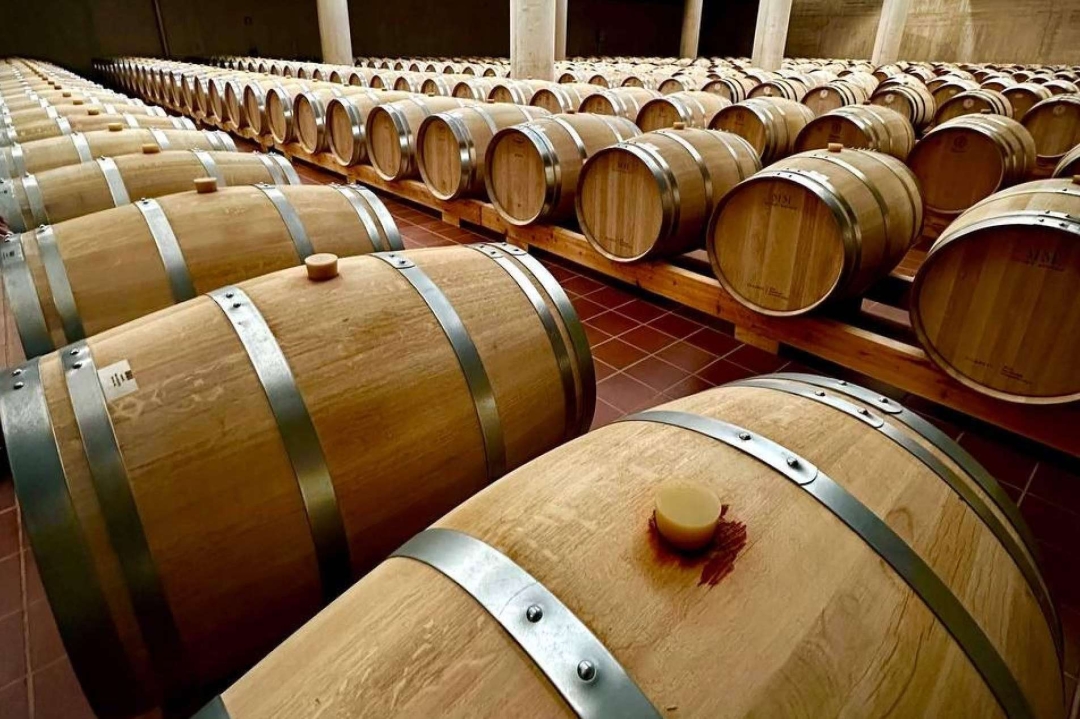The world of wine holds nuances that go far beyond aroma and flavor. Each bottle tells a unique story, shaped by elements that influence its market value. The price of wine is not an arbitrary figure; it reflects a set of variables ranging from the origin of the grapes to the exclusivity of the edition.
Understanding these factors allows for a deeper appreciation of each glass and a greater awareness of the work behind its production. Wine Tours From Madrid invites travelers to discover this universe through wine tourism experiences that connect them with the essence of Spanish vineyards and wine culture.
Essential factors that define the value of a wine
Wine Tours From Madrid highlights that to understand the price differences between bottles, it is important to analyze five fundamental aspects. The first is production cost, a factor that extends beyond the mere process of making wine. This includes variables such as the quality of oak barrels used, whether vinification processes are manual or automated, and investments in state-of-the-art facilities. Additional costs come from bottle design, labeling, and closures, where a premium natural cork can increase the price compared to a synthetic one.
The second factor is the price of grapes. Native grape varieties that are difficult to cultivate or come from internationally renowned vineyards tend to raise the cost of raw materials. Furthermore, climatic conditions during each harvest and the size of the vineyards directly influence the quality and, consequently, the final value of the product. Wines produced from limited vineyard plots will always command a higher price.
Aging represents the third key element. Wines that undergo extended maturation periods, both in oak barrels and bottles, require time, space, and resources, all of which translate into additional costs for wineries. This process enhances aromatic complexity and structure, often justifying the price difference when compared to younger, fresher wines.
The fourth factor is the designation of origin, which ensures specific quality standards and protects the distinctive characteristics of each region. Achieving this certification requires compliance with strict regulations regarding cultivation methods, permitted grape varieties, and winemaking practices. This distinction adds prestige and value to a bottle, inevitably affecting its price.
Finally, the exclusivity of a limited edition or a winery with an established reputation in the market can position a wine as a luxury product. Reduced production, restricted access to certain bottles, and international demand contribute to a sense of scarcity that drives up prices.
Alongside these main factors, there are secondary elements such as brand reputation, vintage year, packaging, and applicable taxes. Even the point of sale plays a role: the same label can vary significantly in price between a gourmet shop, a fine dining restaurant, or the winery itself.
Wine Tours From Madrid: experiences to appreciate every detail
Through its wine tourism routes in Ribera del Duero, La Rioja, and La Mancha, Wine Tours From Madrid offers the chance to gain first-hand insight into these elements. Its itineraries allow visitors to explore historic wineries, take part in expert-led tastings, and enjoy local gastronomy in stunning surroundings.
The experiences, designed for small groups with a personalized approach, help participants understand why certain bottles reach higher price points. Beyond the tasting itself, guests discover the connection between tradition, winemaking techniques, and the market, viewing wine as a cultural heritage that extends far beyond its economic value.
Media Contact
Company Name: WINE TOURS FROM MADRID
Contact Person: Press Office
Email: Send Email
Country: United States
Website: https://winetoursfrommadrid.com/es/

